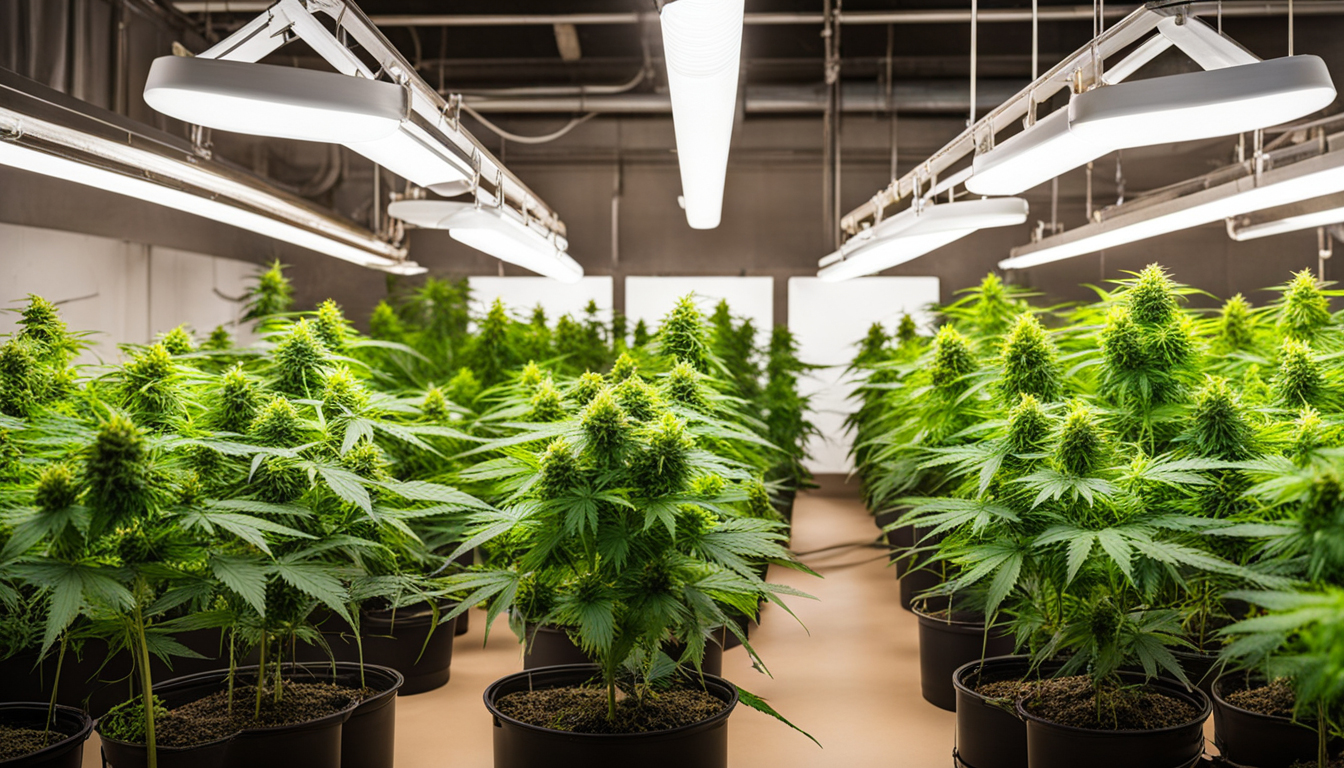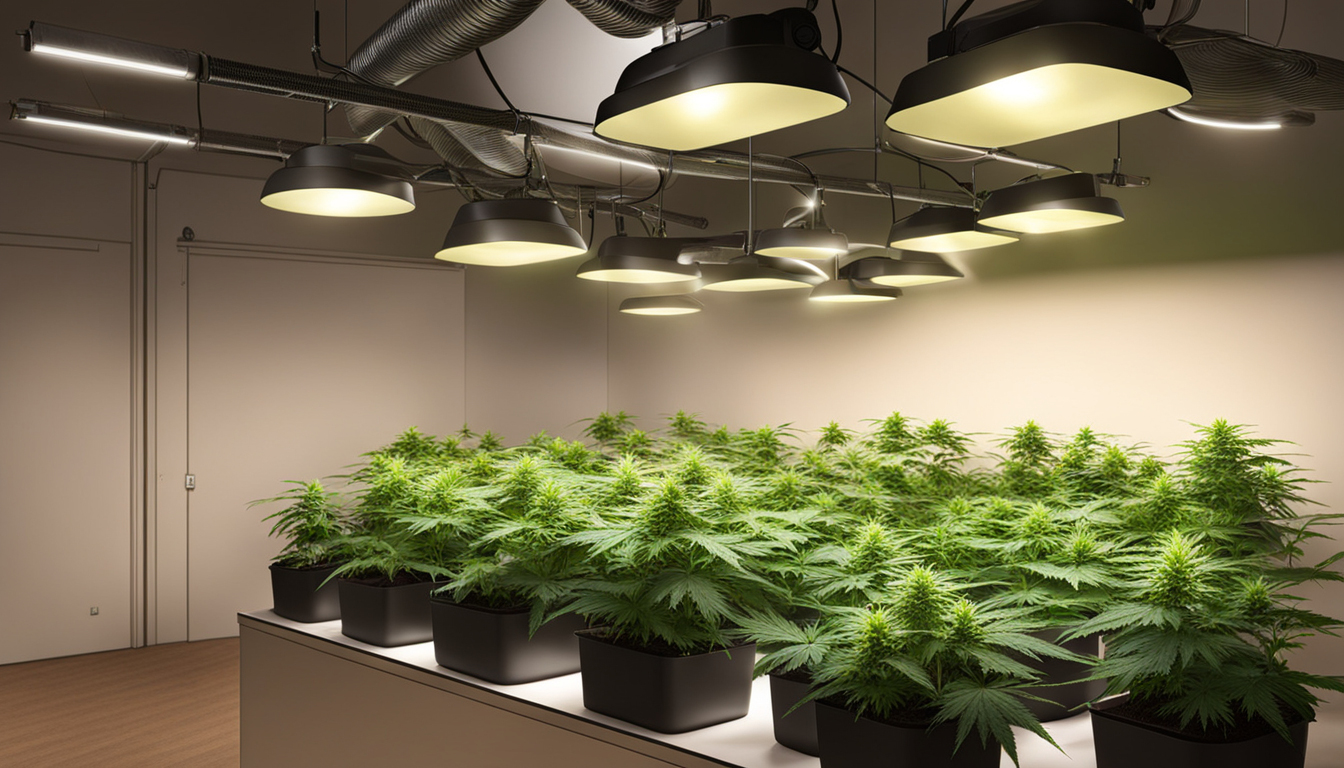
Whether you're beginning cannabis cultivation or looking to improve your existing crop, following this complete guide will help you produce bountiful, high-quality yields right at home. With the right equipment, techniques, and care, growing marijuana indoors can be an extremely productive and cost-effective endeavor.
Choosing Cannabis Strains
The first step in planning your indoor crop is selecting the right marijuana cultivars to produce. The three main types of cannabis plants each have their own characteristics.
Sativas
Known for their invigorating intellectual effects, these strains spread tall and slender with narrow leaves. They flourish in tropical tropical climates and have a longer blooming time between 10-12 weeks indoors. Top sativa strains include Sour Diesel, Durban Poison, and Jack Herer.
Indicas
Indicas provide relaxing body-focused effects and spread short and bushy with wide leaves. Accustomed to colder mountain climates, they bloom faster within 2-2.25 months. Popular relaxing varieties include Northern Lights, Bubba Kush, and Bubba Kush.
Mixed strains
Mixed varieties mix traits from both energizing strains and relaxing strains. They offer combined effects and have medium blooming times around 2.25-2.5 months. Popular mixes are Blue Dream, OG Kush, and Blue Dream.

Setting Up Your Cultivation Space
Pot plants need the right controlled environment to thrive. Key factors for indoor farms are lighting, airflow, layout, and finding the ideal discreet area.
Location
Choose an empty space with quick access to water and power outlets. An empty extra bedroom, unused closet, corner of the basement, or grow tent locked away in a garage all make great discreet cultivation room spots.
Lighting
Cannabis requires powerful light for all growth stages. LED grow lights are efficient and come in broad spectrum options simulating natural outdoor light. Provide 15-25 watts per sq. ft for the growth stage and 20-40 watts per sq. ft. for bloom.
Ventilation
Proper ventilation and exhaust systems keep ideal temperature, moisture, and pure CO2 levels. Install low-noise 10-15 cm fans or scrubbers to circulate stale air and reduce smells.
Layout
Maximize your space by positioning plants strategically under the lights and allowing room to access and work around them. Set up distinct zones for growth, flowering, curing, and cloning.

Cultivation Mediums
Marijuana can be grown in different substrates, each with pros and cons. Pick a appropriate option for your specific setup and cultivation style.
Soil
The classic substrate, soil is affordable and easy for new growers. It provides great flavor but needs more watering and nutrients to nourish plants. Amend soil with vermiculite or coco to enhance aeration.
Coco Coir
Made from coir, reusable coco coir holds water but still allows air to the roots. It's more sterile and more consistent than soil. Use coco-specific fertilizers to avoid accumulation.
Hydroponics
In water systems, plant roots develop directly in fertilizer irrigation solution. This allows quick growth but needs close observation of water properties. DWC and drip systems are popular methods.
Germinating Seeds
Sprouting activates your weed seeds to start sprouting radicles. This prepares them for planting into their cultivation Learn More medium.
Towel Method
Place seeds between moist paper towel and keep them moist. Inspect after a week for emerging taproots showing sprouting is complete.
Direct Planting
Insert seeds right into pre-moistened growing medium 6mm deep. Gently water and wait 7-14 days until sprouts push through the top.
Rockwool Cubes
Presoak cubic rockwool starters in pH-adjusted water. Insert seeds 1⁄4 inch deep into the cubes. Keep cubes wet until sprouts appear within 1-14 days.
Transplanting Young plants
Once germinated, cannabis seedlings need to be repotted to prevent crowding. Move them into appropriately sized containers.
Preparing Containers
Load large pots with growing medium enriched with time-released nutrients. Allow containers to soak up water for 8-12 hours before repotting.
Carefully Transplanting
Gently separate seedling roots from sprouting medium using a spade. Put into pre-soaked container at same depth as before and lightly water in.
Vegetative Stage
The growth stage encourages foliage and plant form through 18-24 hours of daily lighting intensity. This stage usually lasts 1-2 months.
Using 3/4 to full day of Light
Use grow lights on a 24 hour cycle or natural sunlight to trigger nonstop growth. Lamp output influences height and node distance.
Nutrients
Use vegetative stage nutrients higher in nitrogen. Make sure pH stays around 6.5 for proper nutrient absorption. Fertilize 25-50% concentration after 14 days and strengthen slowly.
LST and topping
Fimming, LST, and trellising direct shoot shapes for flat foliage. This boosts yields.

Bloom Stage
The blooming stage grows buds as plants show their sex under a Learn More 12/12 cycle timing. It lasts 2-3 months depending on strain.
Changing Light Schedule
Switch lamps to 12/12 or place outdoors for natural 12 hour cycle. This triggers plants to start flowering.
Flushing
Leaching flushes out nutrient salts to improve flavor. Feed weakly the first weeks then just use pH'd water the last 2 weeks.
Flushing
Continue 12/12 light timing but leach using neutral pH water only. Resume plain watering if buds aren't yet ripe after two weeks.
Reaping
Knowing when cannabis is completely mature delivers maximum cannabinoid content and aroma. Cut down plants at peak maturity.
Signs of readiness
Check swollen calyxes, faded pistils, and 10-15% cloudy trichs. Check buds across the plant as they won't all ripen evenly.
Cutting Plants
Use sterilized, razor-sharp pruning shears to carefully slice each plant at the base. Leave several inches of stalk attached.
Drying
Suspend intact plants or colas upside down in a lightless room with average temperature and RH around 50-60% for 1-2 weeks.
Aging
Curing keeps drying while aging the buds like aged spirits. This process mellows bitterness and further develops terpene and terpene profiles.
Jars and Humidity
Manicure dried buds from branches and place into sealed containers, packing about 3⁄4 full. Use a sensor to measure container humidity.
Burping Daily
Unseal jars for a few hours each day to slowly reduce humidity. Rehydrate buds if humidity goes under 55%.
Final Cure
After 14-21 days when humidity stabilizes around 55-60%, perform a last trim and keep long-term in airtight jars.
Common Problems and Solutions
Even seasoned growers run into different cannabis plant problems. Detect issues soon and address them correctly to maintain a healthy garden.
Poor feeding
Yellowing leaves often indicate insufficient nitrogen. Purpling stems and leaves signal low phosphorus. Check pH and boost nutrients slowly.
Pests
Thrips, aphids, fungus gnats, thrips, and nematodes are common marijuana pests. Use neem oil sprays, predator bugs, and sticky traps for organic control.
Mold
High moisture encourages botrytis and bud rot. Increase airflow and venting while reducing RH below 50% during bloom.

Summary
With this complete indoor pot cultivation guide, you now have the knowledge to cultivate bountiful strong Discover More buds for personal harvests. Apply these techniques and methods throughout the seed starting, growth, and bloom stages. Spend in quality equipment and carefully check on your plants. In time, you'll be compensated with sticky aromatic buds you grew yourself under the loving care of your green hands. Good luck cultivating!